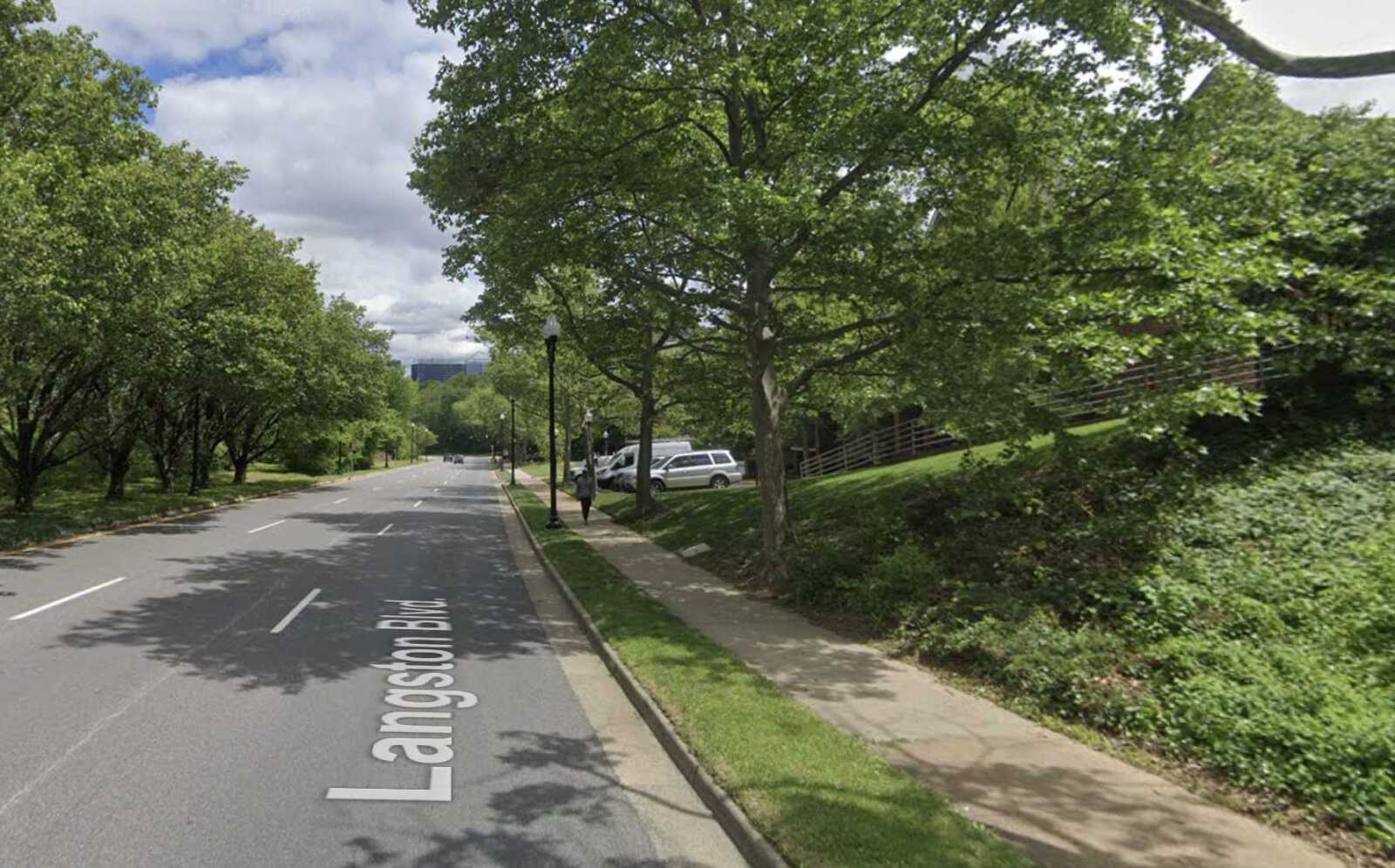
Arlington County has scrapped plans to make a dedicated high-occupancy vehicle and bus-only lane on Langston Blvd.
Instead, it will take a new tack to improve bus reliability on the corridor, says Arlington Dept. of Environmental Services spokeswoman Claudia Pors.
This winter and spring, the county will reprogram select traffic signals to give buses more time to clear an intersection, known as transit signal prioritization.
The county would deploy technology that detects when buses are approaching an intersection. If a bus arrives at a red light, the signal will turn green sooner; if it arrives just before the signal turns yellow, it will stay green longer.
Arlington had long mulled building a dedicated bus and HOV lane on Langston Blvd. It would have run eastbound from N. Veitch Street, near Courthouse, to N. Lynn Street in Rosslyn during peak morning hours and westbound from N. Oak Street to N. Veitch Street during the evening peak period.
When the county dug into the finer details, however, staff found that the Northern Virginia Transportation Commission (NVTC) grant it received two years ago to fund the work would not be enough.
“The funding awarded from NVTC’s Commuter Choice grant program wasn’t enough to cover both the analysis required to reassign a VDOT lane and the implementation costs,” Pors said. “We have returned the money to NVTC.”
The transit bureau of DES instead pivoted to transit signal prioritization. Public transit advocates point to this type of upgrade as low-cost, yet high-impact, increasing bus speeds up to 15%.
With a few months before work starts, county staff are picking which intersections should have longer or earlier green lights, says Pors. The county could switch between the two, depending on how reprogramming the lights impacts traffic patterns.
Transit signal prioritization is one mechanism the new Plan Langston Blvd initiative says will improve bus speeds, reliability and convenience — encouraging ridership on the car-centric road.
The goal of Plan Langston Blvd, which ramped up in the last two years, is to articulate a long-term vision for how the corridor develops.
The plan describes how the county can achieve affordable housing, sustainability and transportation goals along the corridor through policies, private redevelopment and county-led projects.
This month, the Arlington County Board is teed up to approve a request to advertise hearings on the comprehensive plan for neighborhoods along Langston Blvd, also known as Route 29. If approved, hearings by the Planning Commission and County Board would be held on Monday, Oct. 30 and on Nov. 11, respectively.
If and when the plan is adopted, Pors says the transit bureau will take another look at the corridor and the plan’s recommendations before determining next steps for improving bus reliability.

